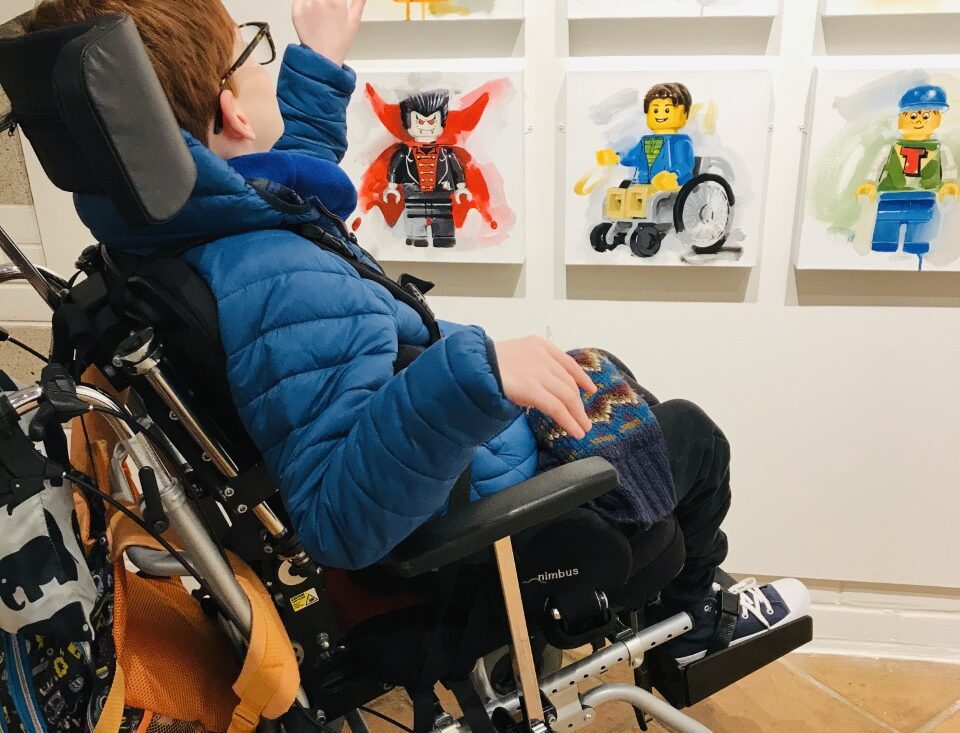Social impact

Inclusion goals
The Council for Disabled Children says “Inclusion is a journey with a clear direction and purpose: equality of opportunity for all children and young people. CDC believes that the following factors are crucial to the development of inclusion:
- a welcome for all disabled children, secure relationships and support for families when they need it;
- respect for difference and a commitment to building friendships and community to the benefit of everyone;
- equality of access to play, learning, leisure and all aspects of life;
- the active participation of children and their families in decision-making;
- a proactive approach to identifying and removing barriers;
- timely access to information and to people with empowering attitudes, supportive skills and expertise.”
Being SEND ‘friendly’ means families can feel confident in your museum space, relax and enjoy the experience and feel welcome. Inclusion means everyone can access the museum in their own way and have experiences that create great memories. This in turn promotes self-confidence and positive wellbeing, not just for visitors but for museum staff too.
Inclusion within your museum also tackles social isolation and loneliness which is a known issue for SEND families and made worse since Covid. It has been well reported that disabled people have been disproportionally affected by all aspects of the Pandemic, not just in terms of real health risks but in social isolation and even hate crime.
Disabled children also had their rights to essential services such as therapy, education and respite care, stripped from them in Lockdown and many may never ‘catch up’ on this lost year, the negative impact will be permanent.
Museums can make a real difference on social inclusion and setting best practice locally within their communities. Welcoming everyone puts a lens on equality, making disability visible in museums. Arguably museums now need to step up to play that role with confidence as communities rebuild and come together. Becoming SEND welcoming and disability confident as an organisation will make a positive impact on your local community and help build better social networks that can benefit all.
I believe it’s time to #FlipTheNarrative as the inspirational @elly_chapple says, “We are all different, but we are also all the same. Human” Let’s #flipthenarrative – Can Do Ella
As museums we serve the people, all people and it is our job to not leave anyone out. We may need to welcome, deliver and equip slightly differently to adapt to their needs, but valuing everyone’s experience of our spaces and collections is part of the magic wrapped up in them. We promise you if you commit to this, it will enrich your own experience of your museum too!
To explore how to measure social impact in your museum, look at The Museums Association’s Measuring Socially Engaged Practice: A Toolkit for Museums
To learn more about cultural inclusion specifically for disabled children and young people we recommend you explore the following:
- Cultural Inclusion Manifesto
- Every Child Should
- A special supplement produced by Scotland’s Commissioner for Children & Young People – Children’s right to play, culture and the arts
“Some of our most treasured memories have been from visits and trips to the Museum or Galleries. It gives us an opportunity to share experiences, create discussions as a family away from devices and other distractions.” – Alison B, parent.


